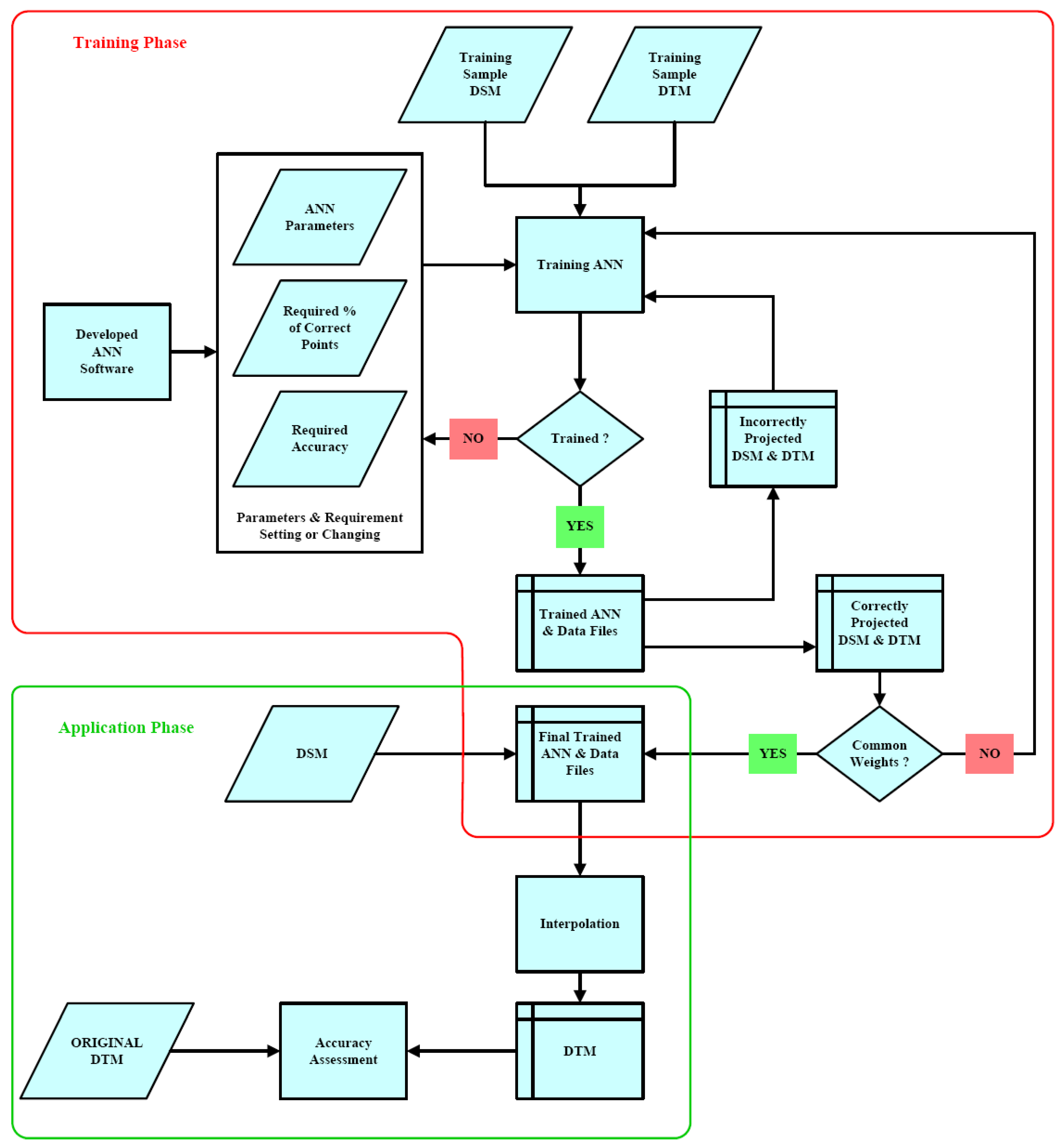

- #Nano digital terrain model professional
- #Nano digital terrain model simulator
- #Nano digital terrain model free
These models are very accurate, are usually requested by public agencies or large corporations, and must be created with the help of a professional land surveyor. However, for specific applications, purpose-created DEM, DTM, or Digital Surface Models may be required.
#Nano digital terrain model free
Free digital elevation models can also be found for Mars. The US Geological Survey also provides the National Elevation Dataset, which depicts seamless elevation data for the contiguous United States. WHERE TO OBTAIN A DIGITAL TERRAIN MODELĪ free, low-resolution digital elevation model of the earth, known as GTPPO30, is available to the public, while a much higher quality DEM is available from the ASTER instrument of the Terra satellite. The problem with some surveying methods used to create these models (radar, for example) is that they reflect the highest elevation point on a given location, whether this is the top of a tree or building or bare ground, which can skew the rest of the model. A digital surface model, by contrast, shows these features in addition to the natural terrain. This is sometimes referred to as a bare-earth model. VARIATION OF DTMsĪ digital terrain model usually includes only the Earth’s surface, excluding vegetation as well as buildings or other man-made features. Additionally, unlike contour maps which are two-dimensional, a digital terrain map provides 3D imaging in many cases, “fly throughs” or similar programs allow the user to manipulate the map to view all areas and angles of the terrain. While contour maps can connect equal elevations points but don’t provide data for intermediate points, DTMs can provide continuous elevation information across the model. This information can then be turned into a digital contour map or terrain model, which turns the raw data into a model enabling the viewer to “visualize” the landscape in a virtual manner. Using GPS, elevation data can be related to a specific location. Contour line data is obtained by various surveying methods, including LIDAR, Doppler radar, Theodolite or total station surveying equipment. In many cases, digital terrain models are generated from contour maps which have often been produced through direct surveying of the land surface. The first digital terrain models using this method were created in 1986 for a large portion of the planet using data from the SPOT 1 satellite. A pair of images acquired with different angles taken from an airplane or satellite can be used to infer the terrain. Though these satellites often only have a resolution of about ten meters, they can obtain information on an area tens of miles wide in a single pass.

Radar satellites are often used for creating models of large areas of terrain. Often this data is obtained using remote sensing equipment rather than direct surveying methods. There are many ways to obtain the information shown in a digital terrain map. Digital terrain models are also incorporated into geographic information systems.
#Nano digital terrain model simulator
Other uses include the creation of physical raised-relief maps, flight simulator programs or other visualization and modeling applications. The digital terrain model can be used to model water flow or other movements (for example, to run simulated avalanches or landslides), or for land-use studies, transportation system planning, and geological applications. As needed, Point to Point Land Surveying can create a DTM to suit your needs. Although maps depicting topographical information have been produced for hundreds of years, it is only recently that such elevation data has been collected in such a precise digital form as to allow the creation of digital models of the topography of the land.

Digital terrain modeling (DTM), also known as digital elevation modeling, is the practice of creating a digital representation of ground topography and terrain.


 0 kommentar(er)
0 kommentar(er)
